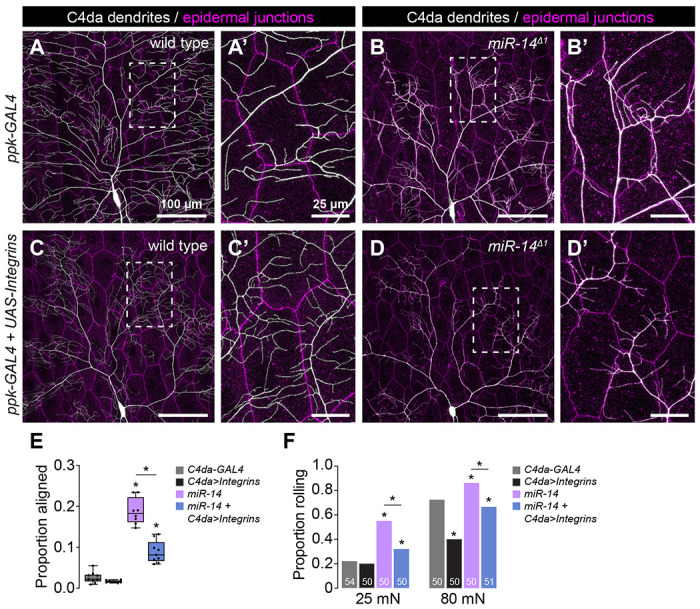Fig 6. Apical epidermal intercalation contributes to mechanical hypersensitivity.

(A-E) Neuronal integrin overexpression suppresses miR-14 mutant junctional dendrite alignment defect. Representative composite images show C4da dendrite arbors (white) and epidermal cell-cell junctions (magenta) for (A) wild-type control, (B) miR-14 mutant, (C) control larvae overexpressing UAS-mew and UAS-mys (UAS-Integrins) selectively in C4da neurons (ppk-GAL4), and (D) miR-14 mutant overexpressing UAS-Integrins selectively in C4da neurons. Hatched boxes indicate region of interest shown at high magnification to the right of each image. (E) Plot depicts the proportion of dendrite arbors aligned along epidermal junctions in larvae of the indicated genotypes. *P<0.05, ANOVA with post-hoc Tukey’s test. (F) Neuronal integrin overexpression suppresses miR-14 mutant mechanical hypersensitivity. Plot depicts nociceptive rolling responses of larvae of the indicated genotypes to different forces of von Frey stimulation. *P<0.05, Fisher’s exact test with a post-hoc BH correction. The number of larvae tested is shown for each condition.
Experimental genotypes:
(A-F) C4da-GAL4: w1118; shgmCherry; ppk-GAL4 / +
C4da>Integrins: w1118; shgmCherry; ppk-GAL4 / UAS-mew, UAS-mys
miR-14: w1118; miR-14Δ1, shgmCherry; ppk-GAL4 / +
miR-14 + C4da>Integrins: w1118; miR-14Δ1; ppk-GAL4 / UAS-mew, UAS-mys
